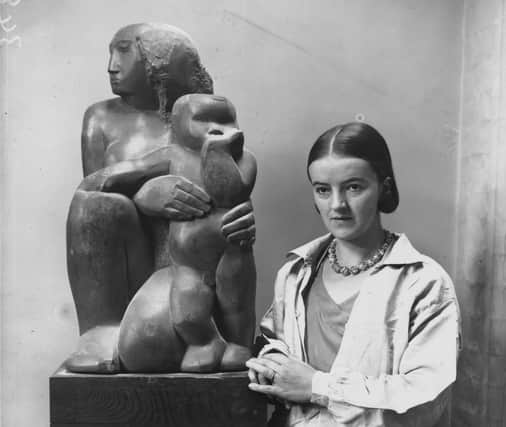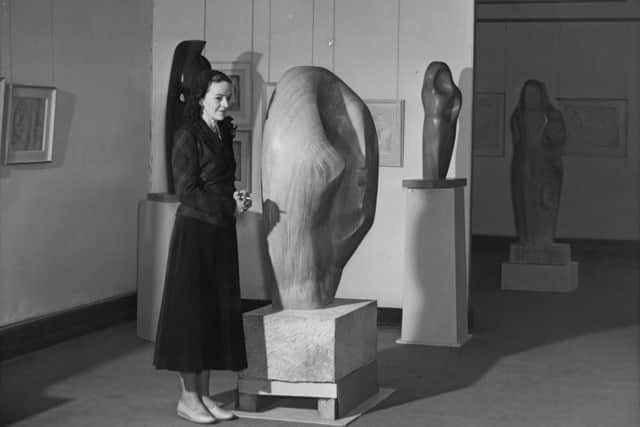Up the wall... Omission of blue plaque for Barbara Hepworth is finally rectified


Dame Barbara Hepworth, the county surveyor’s daughter from Wakefield who practically invented modern sculpture as we know it, created her earliest signature pieces in an elegant but anonymous residential street in London’s St John’s Wood.
The old studio she once called home remains to this day, a forgotten stop on the nation’s cultural map.
Advertisement
Hide AdAdvertisement
Hide AdBut with International Women’s Day in their sights, the charity English Heritage has announced plans to formally recognise it as a historic location.


It will be one of a series of blue plaques marking significant places in the lives of six women, and an attempt to partially redress the balance in the distribution of such memorials.
Of the 950 blue plaques in London, only about 130 are dedicated to women, a figure the organisation said was “still unacceptably low”.
Anna Eavis, curatorial director and secretary of the English Heritage Blue Plaques Panel, said it had been a surprise that Dame Barbara – who gave her name to The Hepworth Wakefield and whose old studio in Cornwall is now a museum – did not also have a plaque to her name
Advertisement
Hide AdAdvertisement
Hide Ad“We were really delighted to be able to put that right,” Ms Eavis said. “Somebody like Barbara Hepworth is completely unassailable – she’s a really important figure in 20th century art, worldwide.”
The charity has not revealed the exact location of the plaque, which still requires the permission of the building’s current owner. But it said it would mark the north London address where she created one of her earliest Mother and Child sculptures, and held her first ever exhibition, with her then husband and fellow sculptor, John Skeaping.
Dame Barbara’s estate lists the address as a flat in St Ann’s Terrace, St John’s Wood.
English Heritage received about 100 nominations for 12 available slots when it put its “plaques for women” campaign to a public vote.
Advertisement
Hide AdAdvertisement
Hide Ad“Our efforts to address the gender imbalance are starting to yield some strong results,” Ms Eavis said.
“It is a long road but we are well on our way to receiving equal number of public nominations for men and women. There are now more women shortlisted than men, and 2020 will see more plaques to women than we have unveiled in 20 years.”
Among the other recipients is Dame Helen Gwynne-Vaughan, a leading figure in the earliest women’s corps in the British military, during the First World War. Her plaque will be on the building in London’s Bloomsbury that she occupied when she was made a chief controller of the Women’s Army Auxiliary Corps.
“In some instances we’re putting up plaques to people we have all heard of, like Barbara Hepworth. But we’re also turning a spotlight on women we perhaps haven’t heard of but really should have,” Ms Eavis said.
“Dame Helen’s achievements in mobilising the auxiliary corps in the First World War were incredible. That kind of contribution hasn’t been visible and deserves to be.”